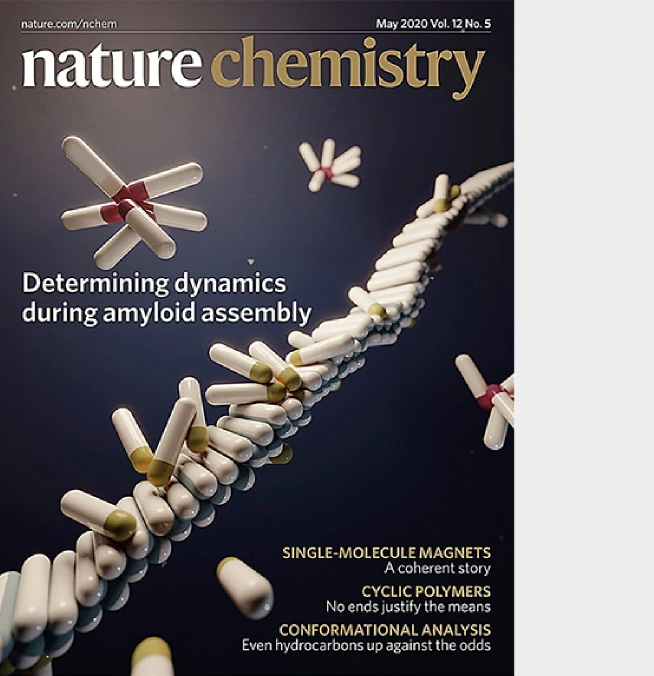Original discoveries in biophysics and biochemistry by our founders and scientists are the foundation for the company’s drug discovery platform targeting the fleeting protein intermediates in neurodegeneration.
Presentations
WTX-607 clinical candidate is a small molecule inhibitor with precise inhibition of α-synuclein oligomer generation in Parkinson’s disease and Lewy body dementia (LBD). International Conference on Alzheimer’s and Parkinson’s Diseases and Related Neurological Disorders (AD/PD 2024), March 5–9, 2024.
Small molecule inhibitors for precise inhibition of α-synuclein oligomer generation in Parkinson’s disease. MDS International Congress of Parkinson’s Disease and Movement Disorders®, August 27–31, 2023.
The selective detection of alpha-synuclein oligomers to analyze small molecule inhibitors of their formation for the treatment of Parkinson’s disease. International Conference on Alzheimer’s and Parkinson’s Diseases and Related Neurological Disorders (AD/PD 2023), March 28–April 1, 2023.
Reducing toxic alpha-synuclein oligomers in PD through precise targeting of the molecular mechanisms of oligomer formation with small molecule inhibitors. International Conference on Alzheimer’s and Parkinson’s Diseases and Related Neurological Disorders (AD/PD 2023), March 28–April 1, 2023.
Selected Publications

Amyloid β-protein aggregation produces highly reproducible kinetic data and occurs by a two-phase process
ACS Chemical Neuroscience | October 9, 2009
We demonstrated a highly reproducible and scalable in vitro assay platform for probing protein aggregation. We showed, for the first time, that it is possible to obtain highly reproducible measurements of aggregation kinetics for amyloid-beta (the “peptide from hell”).


Proliferation of amyloid-β42 aggregates occurs through a secondary nucleation mechanism
Proceedings of the Natinoal Academy of Sciences | May 23, 2013
Dynamics of oligomer populations formed during the aggregation of Alzheimer’s Aβ42 peptide
Nature Chemistry | April 13, 2020
We defined the previously intractable biophysical and mathematical rules of amyloid formation, including the dynamics of the toxic fleeting intermediates (oligomers). (a) We defined the rules of amyloid-beta aggregation for the first time, unmasking the molecular pathway that generates oligomers, and (b) we revealed, in molecular detail, the dynamics of oligomer populations formed during amyloid-beta aggregation.

A molecular chaperone breaks the catalytic cycle that generates toxic Aβ oligomers
Nature Structural & Molecular Biology | February 16, 2015
We discovered the rules that goven the function of nature’s own defenses (chaperones) and how they selectively interfere with amyloid formation and impede the formation of oligomers. We identified the first molecular chaperone to selectively interfere with amyloid-beta assembly and impede the formation of oligomers.

SAR by kinetics for drug discovery in protein misfolding diseases
Proceedings of the National Academy of Sciences | September 26, 2018
We developed tools to identify and optimize small molecules with a similar molecular mechanism to inhibit the generation of oligomers. We defined a framework for identifying and optimizing small molecule inhibitors of oligomer formation.

Kinetic fingerprints differentiate the mechanisms of action of anti-Aβ antibodies
Nature Structural & Molecular Biology | September 28, 2020
We demonstrated that antibodies targeting plaque in Alzheimer’s disease that haven’t been designed to block the formation of toxic oligomers specifically are “hit or miss” for inhibiting oligomers directly. We compared 4 clinical stage antibodies and show that only one of these directly inhibits the production of oligomers.
